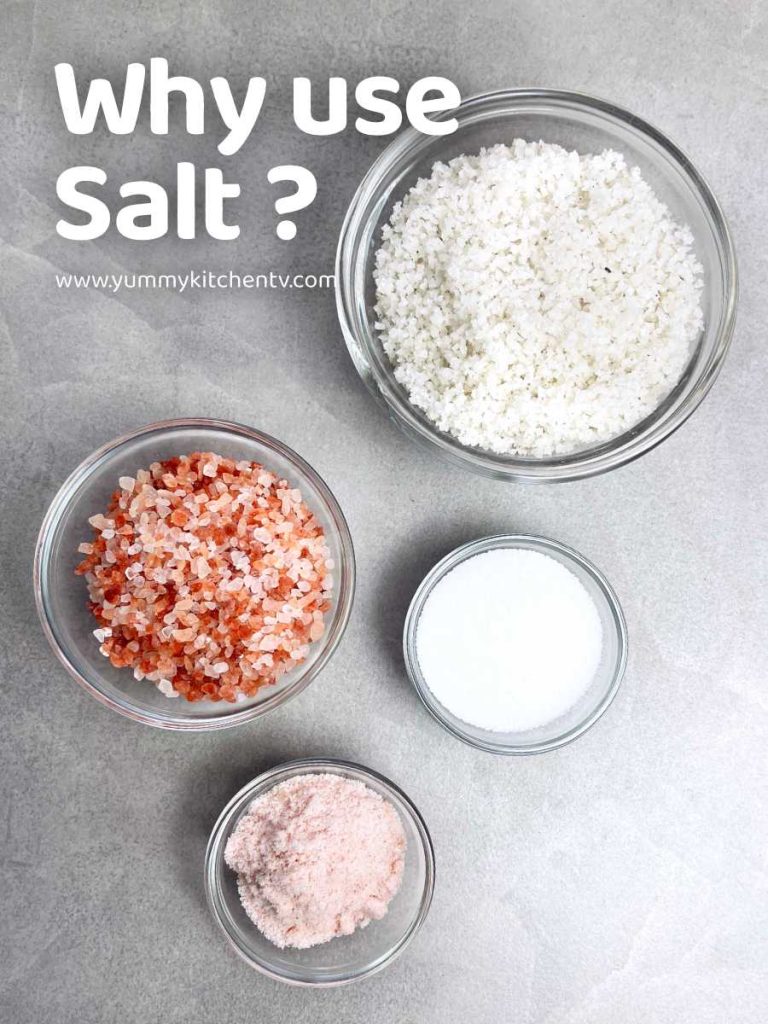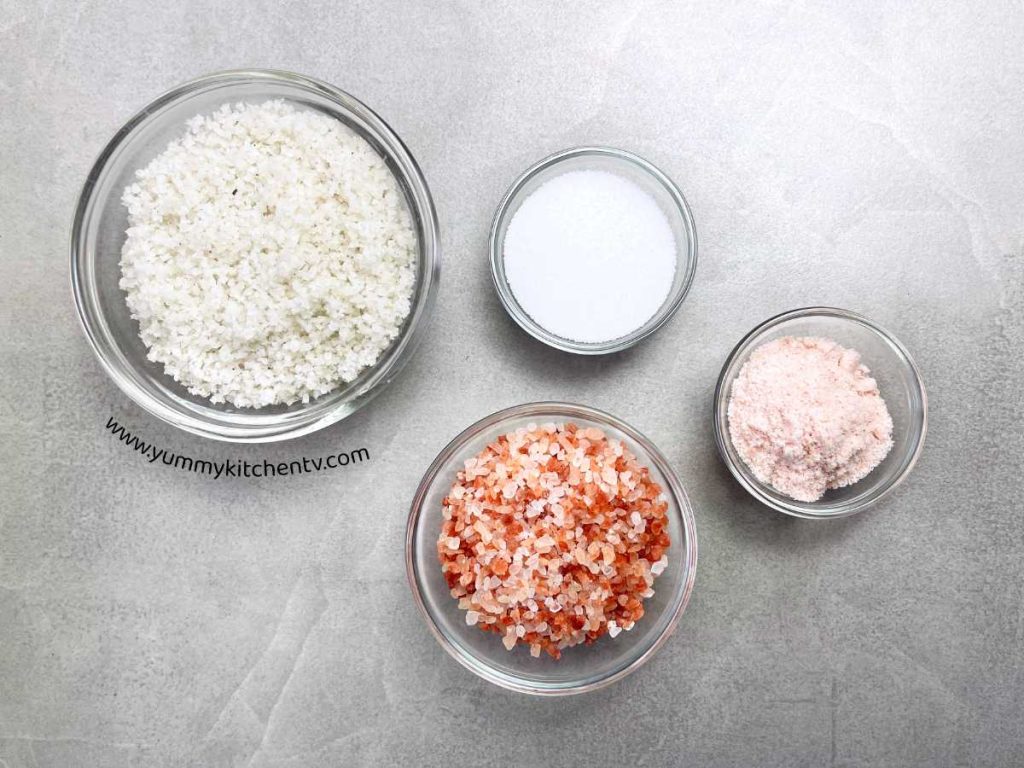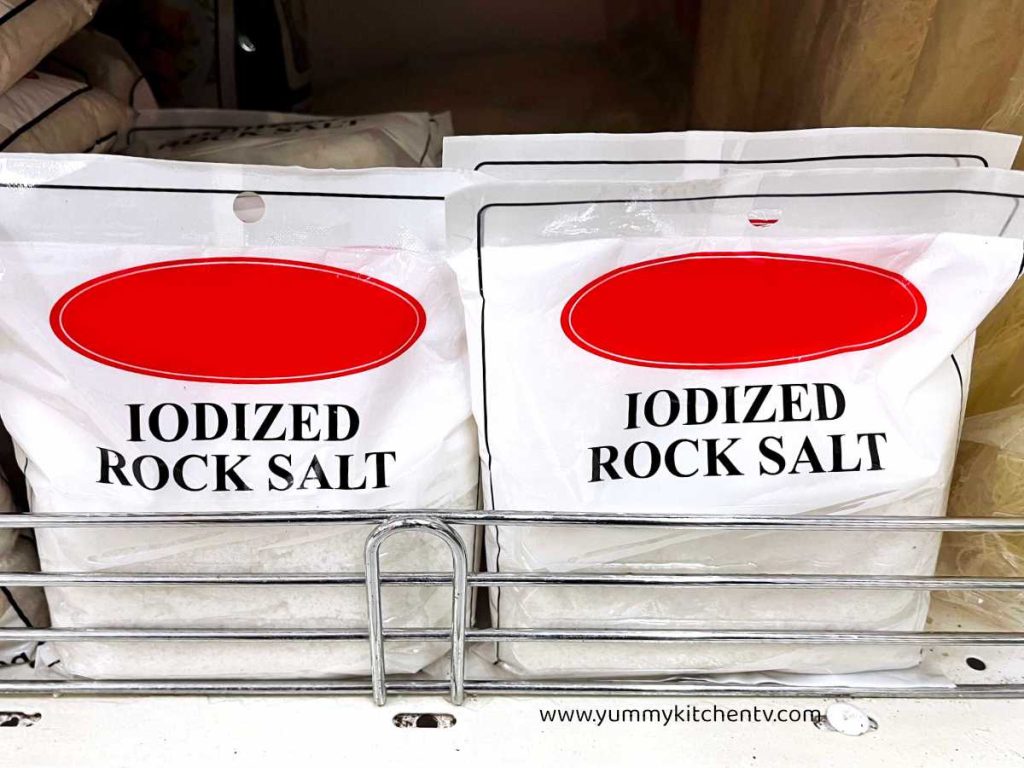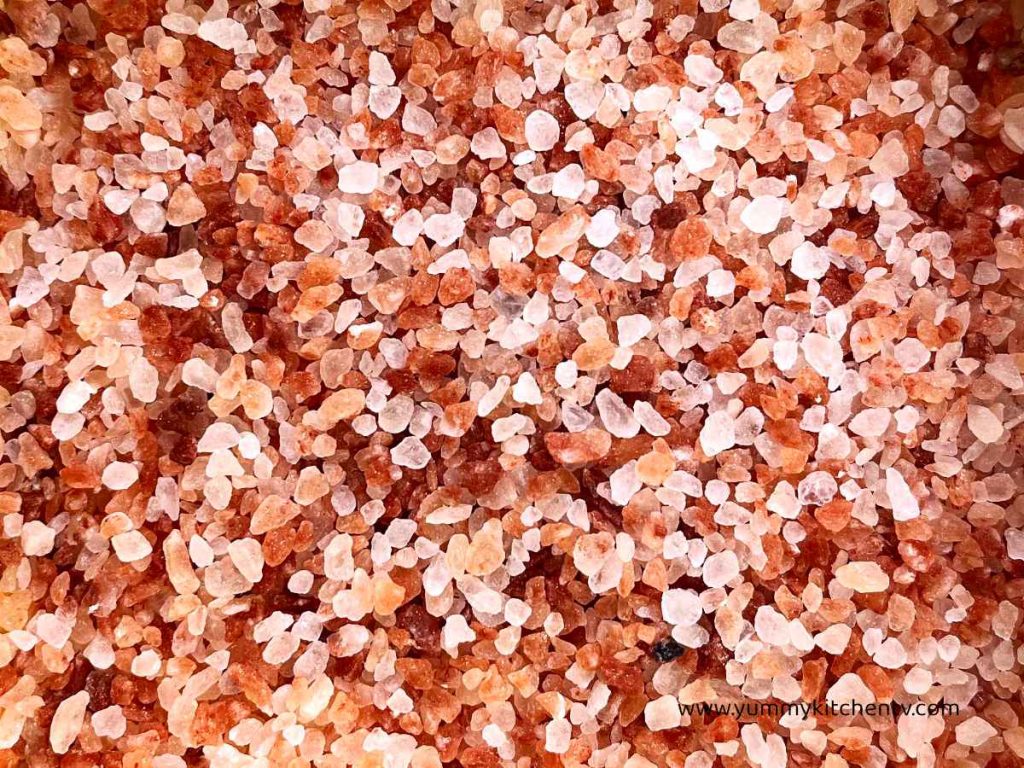Salt, an essential ingredient not only for food but in life. A mineral mainly made out of sodium and chloride ions ( NaCl ), you can find it being used as an ingredient in almost every recipe whether sweet, savory, sour, or bitter, in drinks, in medicine that we intake or apply topically, for cleaning, bleaching, tanning, making soaps, therapy, pottery, for construction in mixtures for plasters, and even special ones for plants. The raw form is a natural crystalline mineral, or halite, or rock, crushed coarsely or finely like powder depending on how it needs to be used. We mainly know this flavorful crystal as an important ingredient used in food to make dishes tastier and stronger, and has been used as a preservative for a thousand of years. But with so many centuries of using this, how did it actually come to be?
A short Introduction
A mineral almost always partnered as “salt and pepper”, and is dubbed as the “single most important ingredient in food” due to how much it changes how food tastes, and how it enhances savory to sweet of any type of dish. As one of the oldest essential cooking ingredients, food without this main component is just tastes bland and feels lacking in one way or the other. It’s been dated to be used since 6000 BC, prized by many that it was traded along the Mediterranean Sea and the Sahara. This was even fought wars over due to the scarcity, and even used to raise tax revenues, in religious ceremonies, and other traditional or cultural importance.
But these are not just used in the culinary world but are aside from seasoning, marinating, brining, garnish, or pickling. You can find them used to put out a fire, to deodorize shoes, as a natural mouthwash as well as easing sore throat, a little is said to help exfoliate the skin, cleaning residues in glasses and ceramics, cleaning fish tanks, and keeping flowers in place as well as keeping these fresh. Though one should know the effects of salt on the body, too much sodium or salty food can cause high blood pressure, stroke, heat problems, and swelling.
Kinds of Salt
Not just a plain, coarsely, or smoothly grounded white flavoring agent we know. Modern time has modern uses and different innovations on the type of salt that produces the best results for different dishes or objects. Here are some of the most common options used:
- Kosher Salt – is the refined version of rock salt, still coarse and big. Best used to marinating meats.
- Table Salt – also known as iodized salt, the most common type we see at home and even at restaurant tables. This finely grounded ingredient is best to use in baked goods as these have potassium iodide that helps prevent clumping. Using them in small amounts in baking compared to in cooking which needs quite a lot can add a slight metallic taste in savory dishes.
- Sea Salt – from the sea, this medium grounded option can either be strong or too light and contains a lot of minerals compared to other alternatives.
- Black Salt – or the “Black Hawaiian” or “Kala Namak” gets its color and earthy taste by adding activated charcoal. Typically used as a garnish.
- Red Salt – or called the ‘Red Hawaiian’ is mixed with oxide-rich volcanic clay giving it a nutty flavor and interesting reddish-brown color.
- Pink Salt ( Himalayan salt ) – is said to be the purest sodium chloride harvested from Pakistan’s Himalayan Mountains. Well known for its iconic pink color, it has a hefty price tag attached to it and is mainly used for decorating/garnishing.
- Fleur De Sel – the French version that is specifically made from the coast of Brittany. It tastes similar to the sea and is moist and sticky. Typically used as a topper or finishing salt.
- Celtic Salt – or gray salt “Sel Gris” from France
- Flake Salt – a combination of the Fleur de Sel and sea salt with a thin and light texture. Used similarly to Fleur de Sel.
- Flavored Salts – like smoked salt made by smacking the sodium with woods like hickory, apple, or alder. Other options you can usually find in the market are salts flavored with lemon, a spice, or some herbs used to enhance the dish.
- Epsom salt – are inedible salts that are mainly used for relaxing, commonly used in an ‘epsom salt bath’ to relax the shoulders, back, neck, and skull muscles. Relieving migraines and sores after a workout. These are also used in the sea salt spray many use to give the hair a thicker or more fuller look.
Salt Questions
- What to do if you over salt food?
While salty food is great once in a while, there are times that it just does not suit the food. When over salting savory dishes, adding a squeeze of lemon or range can help, other options include pouring a dash of white vinegar or apple cider vinegar to neutralize the taste.
- Salting food preservation examples:
Using salt for preservation has been done since the dawn of time. You might notice them still being eaten today. These are salt curing like making jerky, making smoked salmon, or adding these into pickle brine.
Our Yummy ‘Salty’ food examples :
- Pork Ribs in Sweet Sarsa – the juiciest pork dish smothered with a sweet salty and savory Filipino sauce or ‘sarsa’. A rich and tender pork dish that you shouldn’t miss out on!
- Sinigang – a Filipino specialty soup that uses pork or any meat or seafood as the main ingredient, stewed in a sour tangy and delicious soup. A comfort food for many Filipinos and can be prepared any way depending on the budget, diet, or personal taste.
- Nutella Pancakes – salt does not only need to be added into savory goods, they help enhance the flavor of sweet dishes like these indulgent easy to do dessert pancakes.
- Low-carb bibingka – another popular Filipino dish that you can enjoy anytimes of the year but is almost always the go to during christmas season. A fluffy coco-nutty cake now a bit ‘healthier’.







